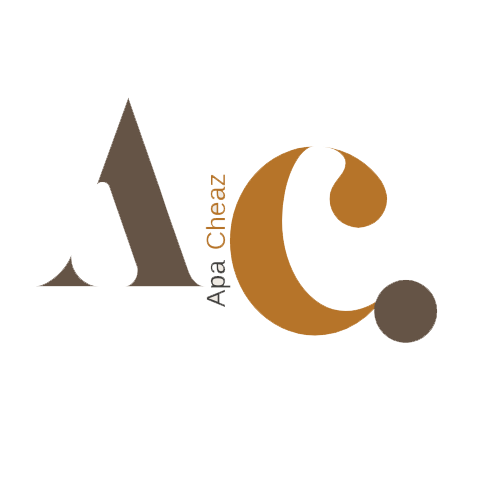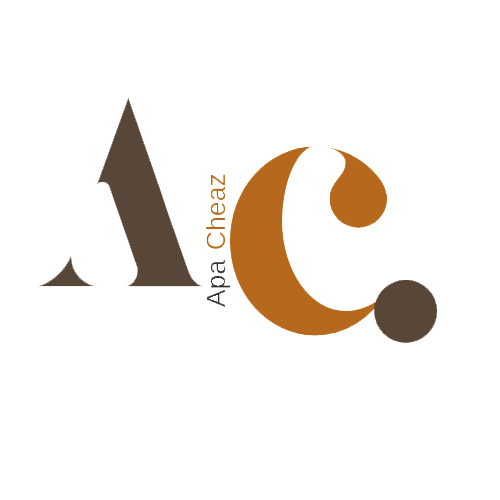When it comes to working on rooftops, safety should always be the top priority. One of the critical components that determine the safety of a worker is the type of roof safety anchor points used. However, with a plethora of options available in the market, how do you ensure you select the right ones for your project? This blog post will guide you through the process.
Understanding Roof Safety Anchor Points
Also known as tie-off points or fall arrest systems, they are devices installed on roofs to prevent workers from falling. They offer a secure point where lifelines or lanyards can be attached, providing workers with freedom of movement while ensuring their safety.
Assessing Your Project Needs
The first step towards choosing suitable mounting points involves understanding your project requirements. Consider factors such as the type of roof (flat, pitched), the material of the roof (tile, metal, concrete), the nature of the work (short-term, long-term), and the number of workers involved. These elements will significantly influence your choice.
Types of Anchor Points
There are primarily two types of these points: temporary and permanent. Temporary ones are ideal for short-term projects or one-time use. They are often portable, and easy to install and remove. On the other hand, permanent anchor points are installed for long-term use and require professional installation. They are typically used in buildings where regular roof maintenance is needed.
Compliance with Safety Standards
Another vital aspect to consider is compliance with safety standards. Ensure that the anchoring points meet the necessary industry regulations and standards. For example, the Occupational Safety and Health Administration (OSHA) sets these standards.
Professional Consultation
It’s always advisable to consult with a safety professional or a reputable supplier before making your final decision. They can provide valuable insights into the best points of anchorage for your project based on their expertise and experience.
Installation and Training
Lastly, proper installation and training are crucial for the effectiveness of anchorages. Even the best points will fail to protect if they are not correctly installed or if the workers don’t know how to use them properly. Therefore, ensure that you have professionals install the anchor points and train your workers on their use.
In conclusion, choosing the right roof safety anchor points is a critical aspect of ensuring worker safety during roof work. By understanding your project needs, knowing the types of anchor points, ensuring compliance with safety standards, seeking professional advice, and focusing on proper installation and training, you can select the most suitable anchoring system for your project.


